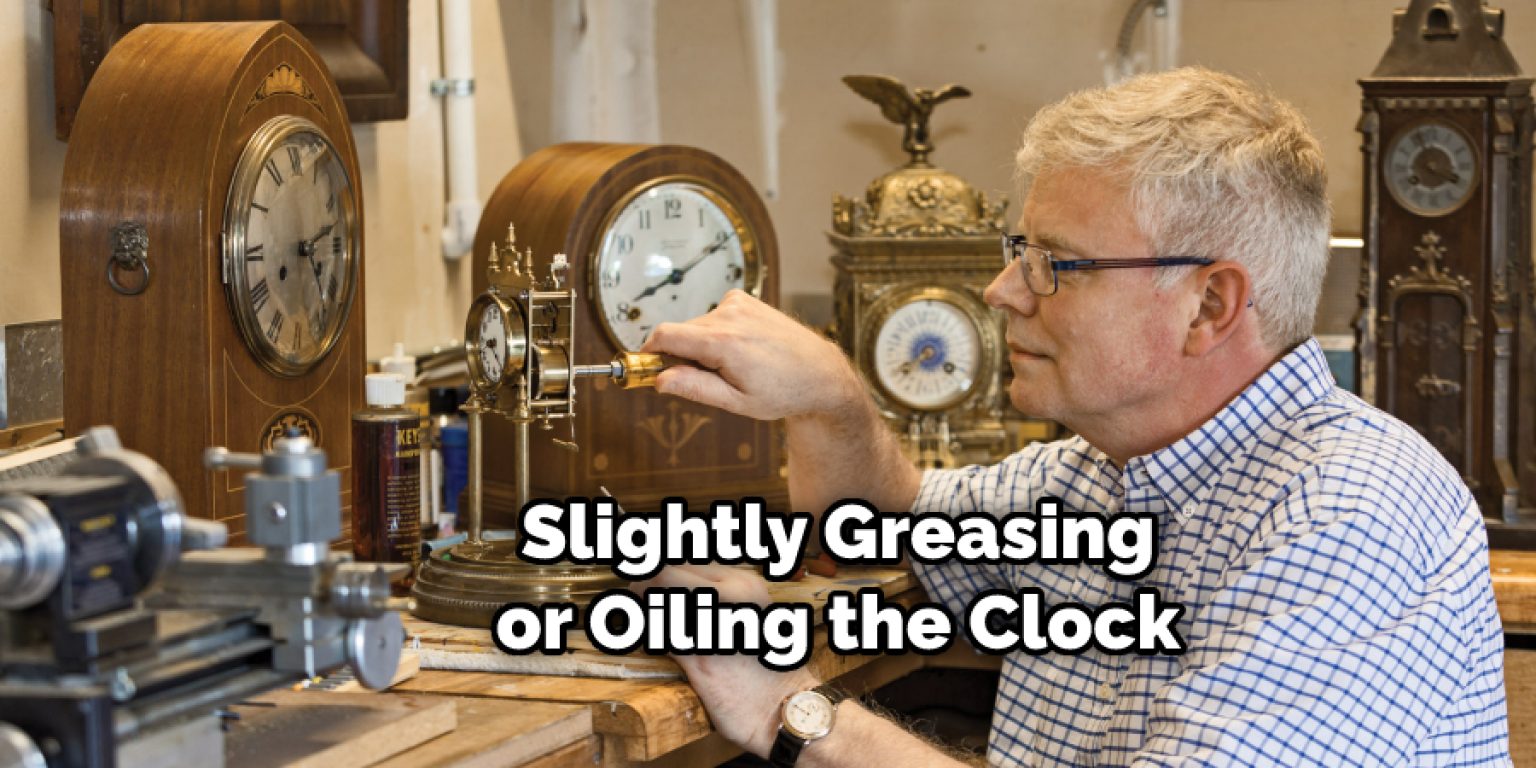In the hushed grandeur of an ancestral abode, a grandfather clock stands sentinel, its steady pendulum an immutable heartbeat marking the passage of time. Yet, even in its dignified presence, the ravages of age can take their toll, leaving its rhythmic melody silenced. If your cherished timepiece has fallen silent, do not despair. With patience and a discerning eye, you can restore its stately presence and reclaim the enchanting cadence that has graced your home for generations.

Image: diyquickly.com
Delving into the Intricate Mechanism of a Grandfather Clock
Grandfather clocks, also known as longcase clocks, are masterpieces of horological engineering, their intricate mechanisms a testament to human ingenuity. Standing over six feet tall, these majestic timekeepers have graced homes since the 1600s. At their heart lies a weight-driven mechanism, where heavy weights suspended by chains or cables descend gradually, providing the power to drive the clock’s gears.
Troubleshooting the Silent Symphony
When your grandfather clock ceases to chime, several potential culprits may be at play. Follow these steps to identify and resolve the issue:
-
Winding the Clock: Begin by checking if the clock has simply run out of power. Wind the weights or springs fully and observe if the clock resumes operation.
-
Pendulum Inspection: Ensure the pendulum is swinging freely and not obstructed by any objects. Check for any damage or deformation to the pendulum rod or bob.
-
Weight Examination: Inspect the weights for any damage or loose connections. Ensure they are hanging securely and not rubbing against the case.
-
Gear Alignment: If the clock still remains silent, carefully remove the clock’s face and pendulum. Examine the gears for any misalignment or obstruction. Gently align any gears that may have shifted.
-
Cleaning and Lubrication: Over time, dust and debris can accumulate within the clock’s mechanism. Use a soft brush to gently remove any debris. Apply a small amount of clock oil to the gears and moving parts to reduce friction and ensure smooth operation.
Seeking Professional Assistance When Needed
While most grandfather clock issues can be resolved with patience and basic tools, certain repairs may require the expertise of a professional clockmaker. If the clock’s mechanism appears extensively damaged, or if you are uncomfortable performing any repairs yourself, do not hesitate to seek professional assistance. An experienced clockmaker can diagnose and rectify complex issues, ensuring your timepiece regains its pristine condition.

Image: british-antiqueclocks.com
How To Fix A Grandfather Clock
Maintaining the Legacy of Time
Once your grandfather clock’s chime has been restored, regular maintenance will ensure its longevity. Wind the clock regularly, following the manufacturer’s instructions. Keep the clock away from direct sunlight and moisture to prevent damage. Periodically clean the clock’s exterior with a soft cloth and check for any loose parts or potential issues.
Your grandfather clock is not merely a timekeeping device; it is a timeless heirloom, a tangible link to your family’s history. By nurturing and maintaining this cherished possession, you not only preserve its physical presence but also keep alive the irreplaceable memories it evokes. As the pendulum continues its rhythmic dance, may it forever remind you of the passage of time and the enduring bonds that transcend generations.